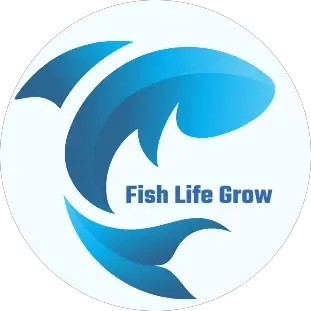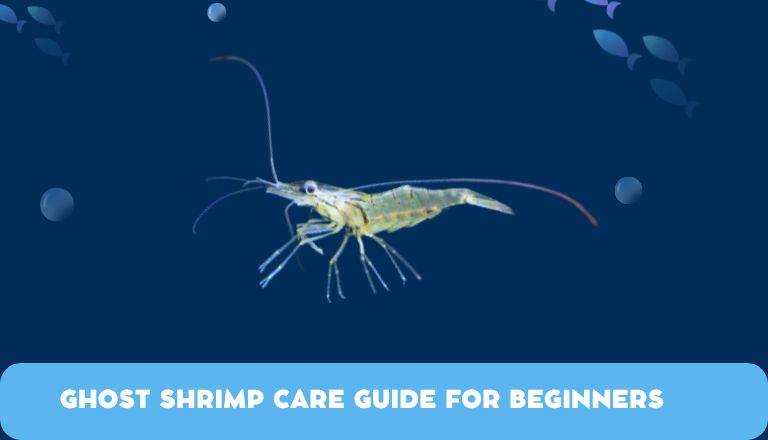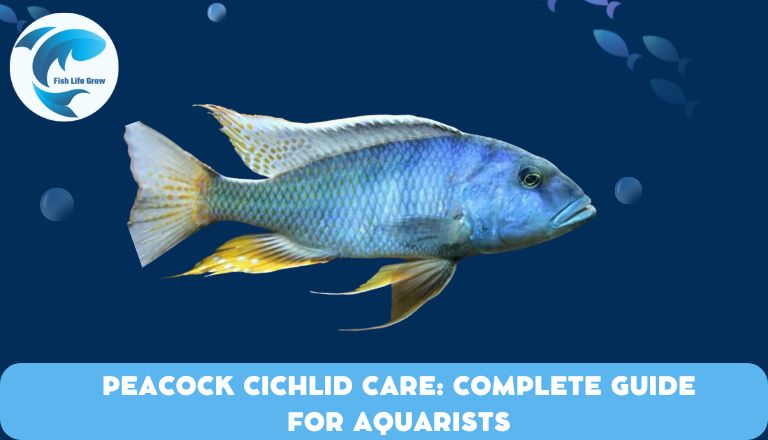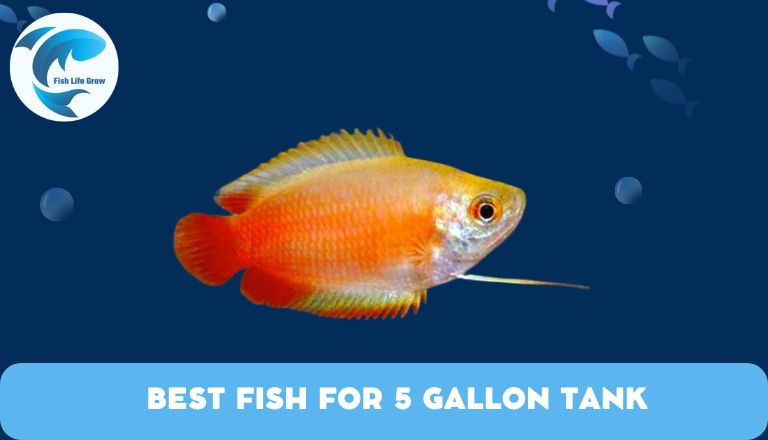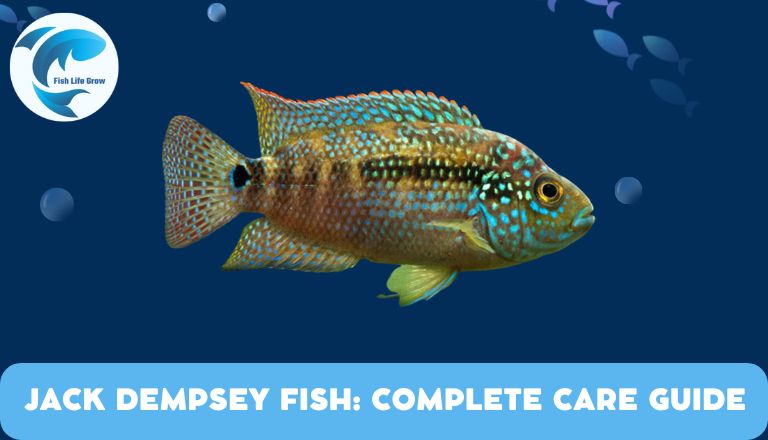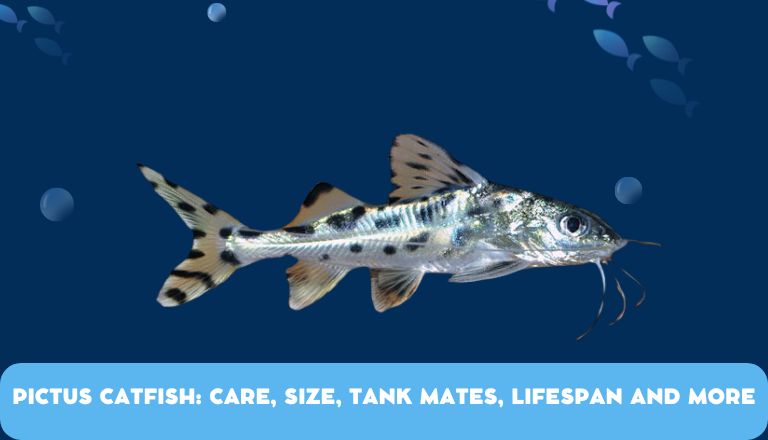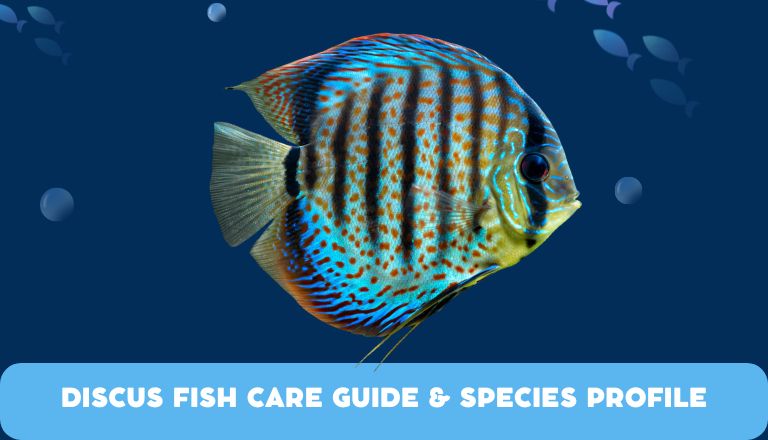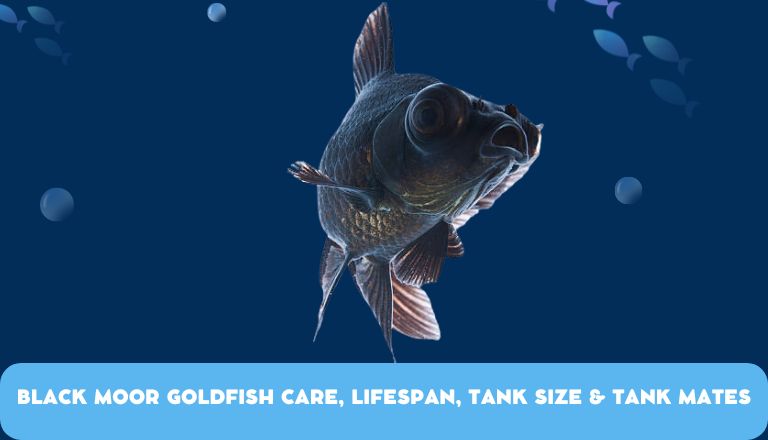Ghost Shrimp Care Guide For Beginners
Do you want ghost shrimp as pets but don’t know where to begin? This Ghost Shrimp care guide will help beginners care for ghost shrimp. They are also known as glass shrimp or grass shrimp and are popular pets for aquarium enthusiasts due to their transparent bodies and unique behaviors. With proper care, these small creatures can thrive in a home aquarium, adding beauty and interest to your underwater world.
The Overview: What Are Ghost Shrimp?
Ghost shrimp, also known as glass shrimp, are tiny see-through creatures found in ponds and rivers in North America. They belong to the Palaemonetes family and play a role in cleaning up organic material in the water, which serves as food for larger animals.
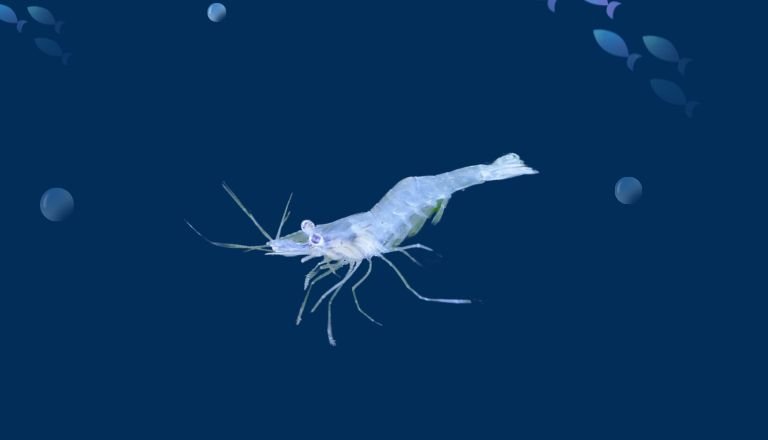
Ghost shrimp are versatile and can live in various water conditions, including fresh and slightly salty water. They are good at digging tunnels in the ground with their small claws.
What Do Ghost Shrimp Look Like?
Ghost shrimp are see-through crustaceans with two pairs of antennae. They use their longer antennae to sense things around them. You can see inside their bodies because they are clear.
They are usually pale with a bit of pink or yellow. Even though they look fragile, ghost shrimp are good at finding food in the sand. A cool thing about ghost shrimp is that they can grow back lost limbs, which helps them live in different places and makes them tough in water.
They can be divided into the following parts
Antenna
Ghost shrimp have long, thin appendages on their heads that help them move and sense things in the water. These antennae are important for finding food and spotting danger, which is crucial for their survival.
Body Segments
Ghost shrimp have different body parts that help them look and move well. They have a head, thorax, abdomen, and a tail called a telson. Each part has a job, like supporting organs and helping them move easily in water.
Color Range
Ghost shrimp come in many colors like white, brown, green, and pink. These colors help them hide from predators and look beautiful in their environment. Ghost shrimp can change their color to match where they live, making them even more interesting.
How Big Are Ghost Shrimp?
Ghost shrimp are small crustaceans, typically 1 to 3 inches in size. They are unique because they can easily hide due to their transparent bodies, which helps them avoid predators. Despite their small size, ghost shrimp play a significant role in their environment.
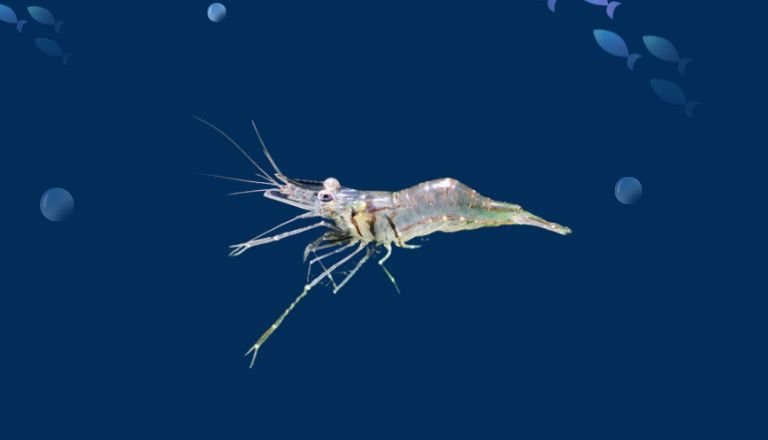
How Long Do Ghost Shrimp Live?
Ghost shrimp live for one to two years in a tank with good care. Water quality, temperature, and food can affect how long they live. Molting is important for their health and growth. They shed their exoskeletons many times.
Ghost shrimp need a balanced diet and a calm environment to live longer. Knowing what they need is important for their well-being in captivity.
Ghost Shrimp Molting
Ghost shrimp molt often as they grow. They shed their old shell to make room for a new one. During molting, they are at risk from predators and need a safe place to hide until their new shell hardens. Eating their old shell helps them get nutrients for a new shell.
Molting frequency can change based on age, diet, and water quality. Knowing about this cycle can help keep ghost shrimp healthy in aquariums or the wild.
The Molting Process
Ghost shrimp shed their exoskeleton to grow and regenerate. This process involves softening the old exoskeleton and creating a new one. Before molting, ghost shrimp become less active and hide to protect themselves.
Female ghost shrimp need to molt before they can mate. Seeing a ghost shrimp molt can indicate their health. It is interesting and educational for aquarium enthusiasts to see this happen.
Molted or Dead? How to Tell?
Ghost shrimp owners often wonder how to tell if their shrimp is molting or dead when they find an empty exoskeleton in the tank. A molted exoskeleton is transparent and whole, while a dead shrimp will appear discolored and have a bad smell. Owners should watch their tanks closely during molting times to keep their shrimp safe.
Providing shrimp with a calcium-rich diet can aid in molting and shell development. Maintaining stable water conditions and avoiding sudden changes can also prevent molting issues.
Ghost Shrimp Care & Tank Requirements
When it comes to ghost shrimp care, providing the right tank environment is essential for their well-being. When setting up a tank for Ghost Shrimp, focus on creating a natural and cozy home for them.
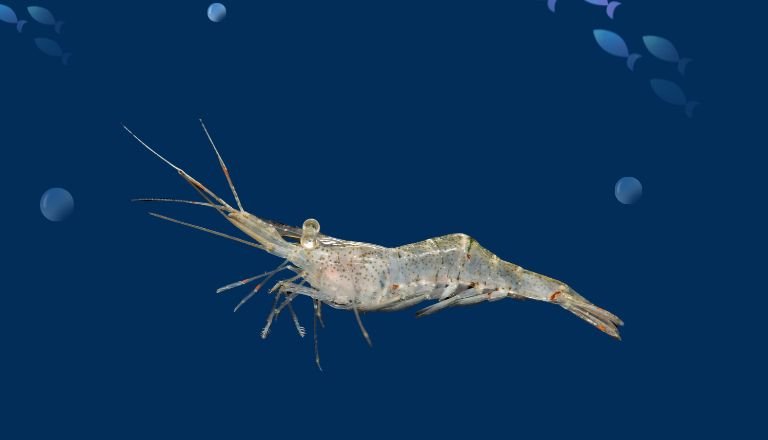
What Tank Size is Best for Ghost Shrimp?
Use a tank that is at least 5 gallons for the best ghost shrimp care. This size gives them space to move and find food easily. A larger tank also helps keep the water clean, which is important for their health.
Filtrations for Ghost Shrimp
To keep ghost shrimp healthy, use a gentle filter like a sponge or air-driven filter. Strong currents can stress them out, so these filters clean without harming the shrimp.
A Special Mention for Lids
Make sure your ghost shrimp tank has a secure lid. Ghost shrimps can escape by climbing up filter tubes or decorations. A tight lid on your aquarium will prevent escapes and keep your ghost shrimps safe from pets.
Lighting your Ghost Shrimp Tank
These small, transparent creatures thrive in freshwater tanks with a stable temperature between 72-82°F and good water quality. Ensure your tank has a filter to keep the water clean and provide adequate oxygen levels for the shrimp to breathe easily.
Adding light to your ghost shrimp tank can improve its appearance and benefit live plants. Use low to medium light to mimic their natural habitat, providing adequate light without causing stress or excessive algae growth.
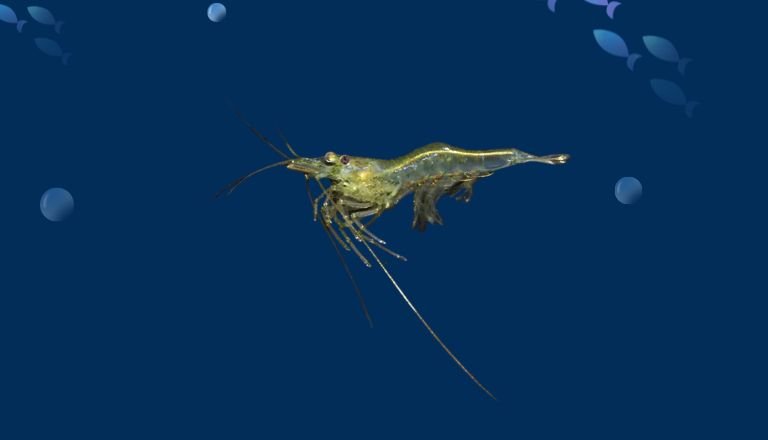
Including live plants such as java moss or anubias enhances the tank’s aesthetics and provides hiding spots and food sources for the shrimp.
Plants and Decorations
Live plants are important for Ghost Shrimp because they offer hiding spots and keep the water clean by absorbing nutrients. Choose plants like Java Moss, Anubias, or Hornwort that can grow well in low light to make your shrimp feel safe.
Use natural decorations like driftwood or smooth rocks to create a habitat for shrimps. These surfaces allow algae and biofilm to grow, which are important food sources. Avoid sharp objects that may harm your shrimp. Leave open space in the tank for the shrimp to move around and find food.
Substrate
Choose the right sand or gravel for your ghost shrimp tank. This helps them find food and feel at home. Avoid rough substrates that could hurt them. Add driftwood, rocks, or PVC pipes for hiding spots and boundaries. This will make the shrimp act more like they would in the wild.
Nitrogen Cycle
To care for ghost shrimp, understand the nitrogen cycle. Good bacteria in the tank change harmful ammonia from fish waste into safer compounds. Use a good filter and let the cycle happen to keep the shrimp healthy.
Ghost Shrimp Water Parameters
Ghost shrimp are sensitive to changes in pH and temperature, so keep conditions stable. The best pH level is between 7.0 and 7.5 and the temperature should be 72-78 F. Meeting these requirements will help your ghost shrimp thrive in their tank.
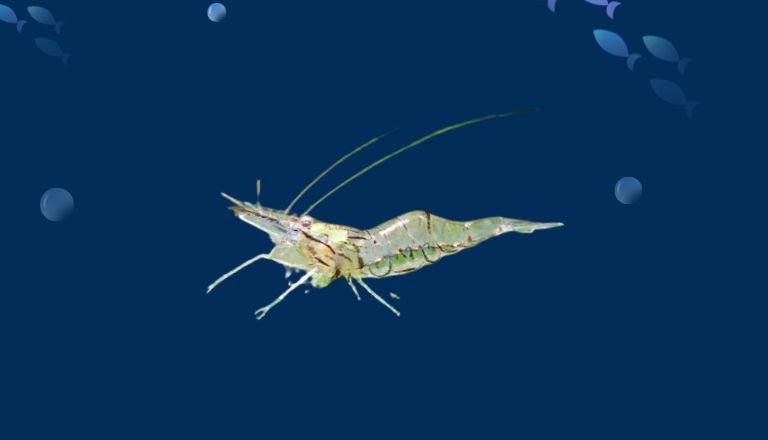
Tank Mates for Ghost Shrimp
Select calm fish like guppies, mollies, and neon tetras to keep with ghost shrimp in a clean tank. Dwarf crayfish are also a fun option, similar in size to ghost shrimp. Add hiding spots to prevent fights.
Snails such as nerite or mystery snails are good companions too, as they eat algae and move slowly, not disturbing the active ghost shrimp. Choosing peaceful tank mates will make your aquarium lively and highlight the charm of your ghost shrimp.
Ghost Shrimp Diet & Feeding
Ghost shrimp in fish tanks need regular feeding to stay healthy. Giving them a variety of foods will help them grow well. By feeding them consistently and providing the right food, you can keep your pet ghost shrimp healthy.
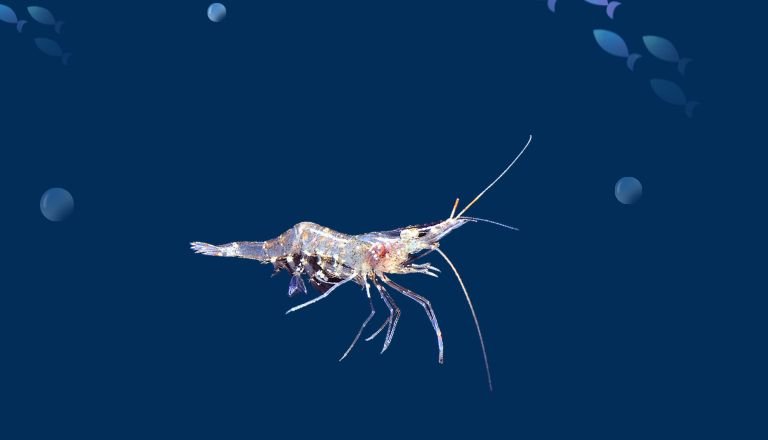
What do Ghost Shrimp Eat?
Ghost shrimp eat plants and animals in the wild. They eat dead plants, algae, small water creatures, and organic matter. In a tank, you can feed them algae wafers, vegetables, fish flakes, and crustacean pellets.
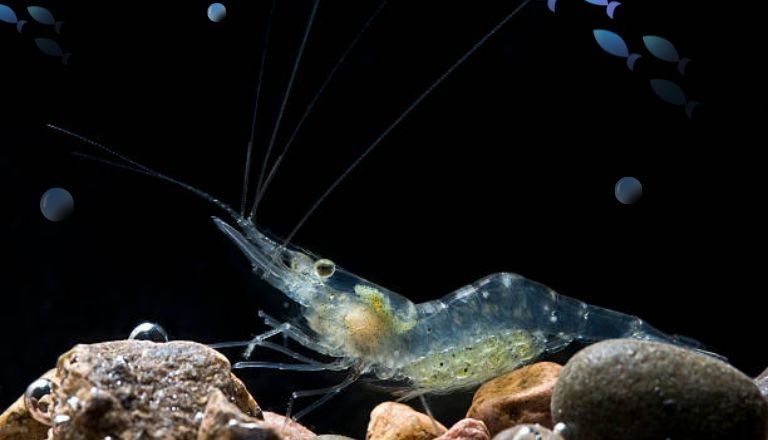
Give them a variety of foods to keep them healthy. You can also feed them live or frozen foods like brine shrimp or bloodworms to help them stay healthy and act naturally.
How Often Should I Feed Ghost Shrimp
Feed your ghost shrimp once a day with a small amount of food so they can finish quickly. Feeding them too much can make the water dirty and stress the shrimp. Monitor how much they eat.
You can also feed your ghost shrimp twice daily but don’t overfeed them. Watch how they act after eating to see if they’re still hungry.
How to Breed Ghost Shrimp
Breeding ghost shrimp in an aquarium can be enjoyable. To breed them successfully, create a good environment with plants and hiding spots for the female to lay her eggs. Keep the water clean for the baby shrimp to survive.
Male ghost shrimp dance and display to attract females for mating. After mating, the female carries eggs until they hatch into tiny larvae. Feeding babies small live foods like infusoria or microworms can help them survive.
Breeding ghost shrimp takes time, attention, and learning about these creatures. By setting up a good environment and knowing their behaviors, you can watch baby ghost shrimp grow in your aquarium.
Conclusion
Ghost Shrimp care can be fun for new aquarium enthusiasts. To keep them healthy, maintain good water conditions, provide enough food, and create a suitable environment. Watch for signs of illness by observing their behavior and appearance. With dedication and proper care, your ghost shrimp will thrive in your aquarium. Follow these guidelines to create a great home for your ghost shrimp!
FAQs
How Many Ghost Shrimp Should be kept Together?
Ghost shrimp are social and do well in groups. Keep 3-5 together in a tank for comfort and natural behavior. Larger groups can reduce aggression and make the tank more interesting.
Which Species is more Colorful, Blue Velvet Shrimp or Ghost Shrimp?
Blue velvet shrimp are bright blue, while Ghost shrimp are mostly transparent with a light pink or yellow color. Blue velvet shrimp are vibrant and eye-catching with their intense blue color. Some people prefer the subtle beauty of ghost shrimp with their delicate coloring. Both types of shrimp have their charm and can be nice additions to freshwater tanks.
Are Ghost Shrimp Easy to Care for?
Ghost Shrimp are easy to care for and popular with new aquarium enthusiasts. These small, see-through creatures are tough and can live in different water conditions. They are peaceful and get along with many other fish in a tank.
How Many Ghost Shrimp per Gallon?
You can keep 1-2 ghost shrimp per gallon of water in your aquarium. They are small and can live together peacefully in larger groups. Having too many shrimp can lead to stress, aggression, and dirty water.
What do you Feed Ghost Shrimp?
Ghost shrimp are fascinating creatures that require a balanced diet to thrive. They are omnivores. A good diet for ghost shrimp includes high-quality flake food or pellets designed for shrimp. These foods provide essential nutrients and help maintain their health.
You can also supplement their diet with fresh vegetables. Blanched zucchini, spinach, or carrots are great options.
